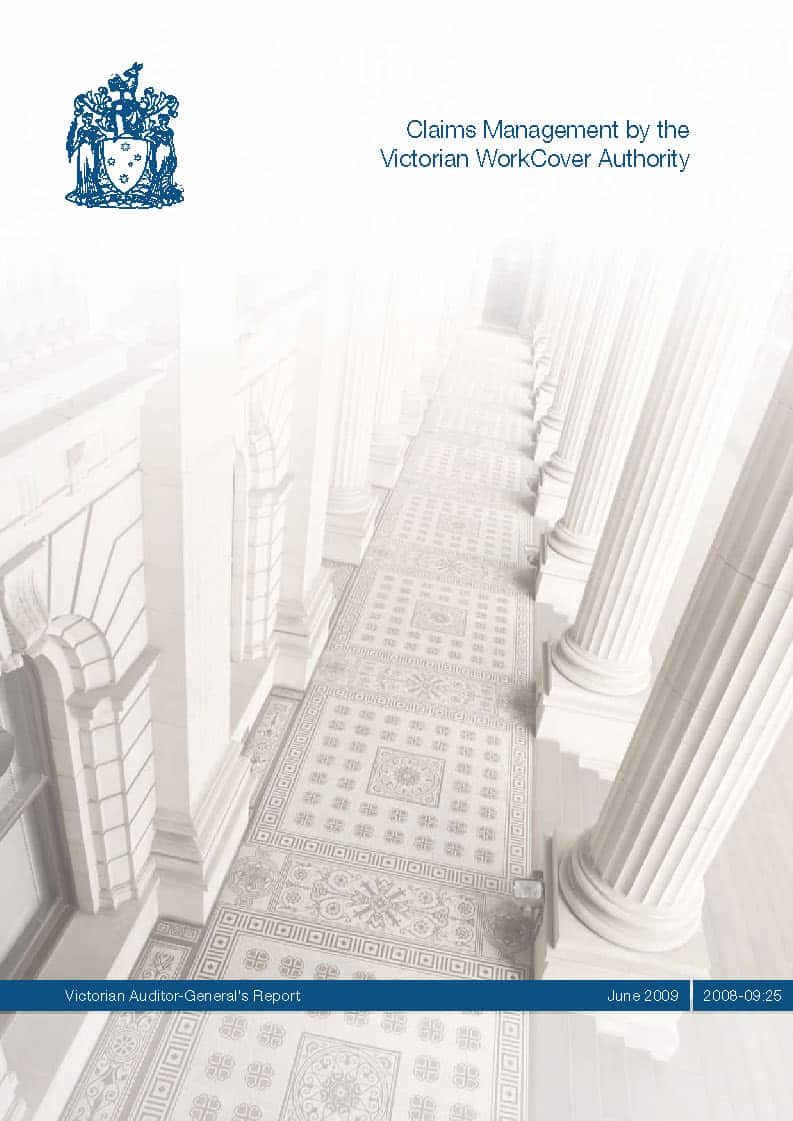I bought tickets to the Jane Woollard play Prophet & Loss in almost total ignorance of the play and, as a result, sat in the old church on a cold Winter’s night wondering what I was in for. The program was detailed but I hadn’t time to read it. I knew the play was about issues related to workplace death. That’s the “loss”. The “prophet” was Isaiah and that was the element that I could not understand without later reflection.
ignorance of the play and, as a result, sat in the old church on a cold Winter’s night wondering what I was in for. The program was detailed but I hadn’t time to read it. I knew the play was about issues related to workplace death. That’s the “loss”. The “prophet” was Isaiah and that was the element that I could not understand without later reflection.
However, finding out about Isaiah could wait till we got home and then we could research a further dimension to what we saw. The stories that told of the impact of workplace fatalities on families and workmates were compelling although a couple were familiar to me. They told of bureaucratic confusion, the disinterest of insurance company call centre staff, the psychological legacy of a traumatic death and the inability to understand the survivor experience without having experienced it firsthand.
The venue was small but high and so the actors were close and the pain and grief was well presented. All of the actors were very good even though I was sure I had seen one of them before somewhere. It wasn’t till I looked at the program that the actor who looked like Helen Morse was indeed Helen Morse.
The stories’ subjects were frustrating and bleak, there is little opportunity for humour on this topic, but there was opportunity for theatricality and motion. Fanny Hanusin broke the rhythm with her portrayal of Merpati who was hyperventilating in panic over the lack of understanding of her situation. As Glynis Angell, the grief counsellor, Merrilyn, began breathing slowly to decrease Merpati’s panic, most of the audience were breath along.
All of the actors interchanged roles, with each taking a turn as an overcoated Isaiah writing on the wall and speaking ancient Hebrew (I later found out). The role changes worked well on reflection but I could not work out the thematic structure of the play until three-quarters in. The different outfits, the stories, Isaiah, were all confusing because the pairing of the characters with the stories took too long to establish. I am not a great wearer of hats but the different characters could have been more readily identified by the audience with hats, as well as the changing of clothing. Hats are more visible and illustrate different identities more clearly. It may have shortened my confusion.
What differentiated this play from a series of monologues, given that I didn’t understand the Isaiah context, was the music. The soloist, Deborah Kayser, the seraphim, sang beautifully and the acoustics of the venue were ideal although the 13th century language was totally lost on me. (A sample of Kayser’s singing can be heard online) I have never heard a double bass played to such beautiful effect as was played by Nick Tsiavos. The depth of sound from a bow on bass could be felt in one’s chest and how he was able to pluck and stroke those strings at the same time was a mystery until he came into the light in the second half.
Kayser and Tsiavos, the seraphim, were a musical Greek chorus to the tales of grief and frustration. This role was perhaps emphasized by their wings which were effective but initially confusing. Kayser introduced the play in character with words that were cryptic but set the tone for the play.
The staging was effective in its industrial appeal and the use of 44-gallon drums as props and seats worked. Early on the actors slowly rotated these drums to provide a chilling sound which I was hoping for more of throughout the play.
Each character laid out the clothes or uniform of their deceased loved one through the play, providing a useful personal profile that complemented each story. I recall one character had worn her partner’s clothes for three days in a grieving intimacy. She would only relinquish the clothes when they no longer smelt of her partner but now of her.
The play was being performed at the Centre for Theology and Ministry near the University of Melbourne for a limited season and as a lead-in to a major theological conference. The play was supported by the Creative Ministries Network that provides a counselling service for those affected by workplace fatalities.
Prophet & Loss could travel well with its combination of an occupational/social theme, beautiful music and faith. Please look out for it.

